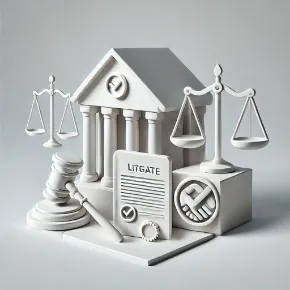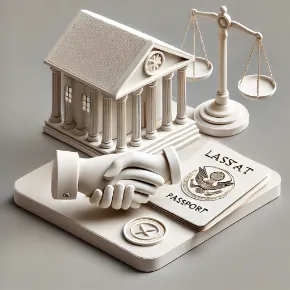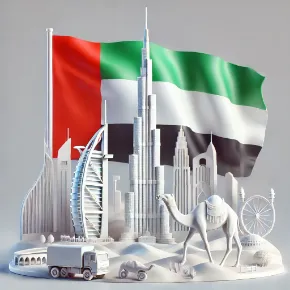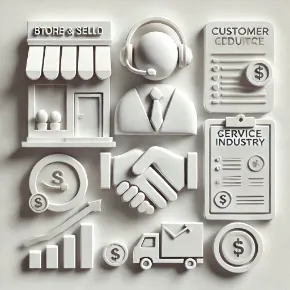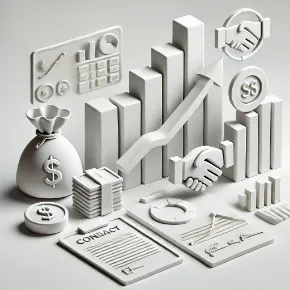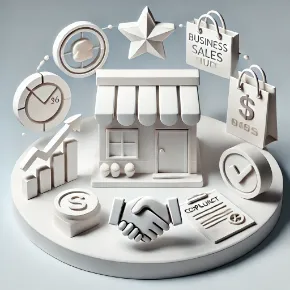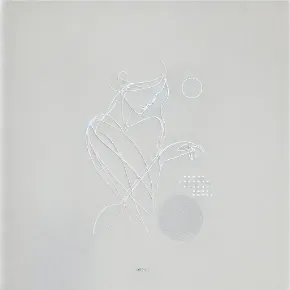US-China Tariff Truce Unlocks Fresh B2B Sourcing Wins for GCC and Europe (November 27, 2025)
Welcome to your daily update on shop.a.land, where we spotlight the latest cross-border trade opportunities, import/export insights, and dropshipping strategies to help you thrive in GCC, USA, and European markets. Today, we're diving into the ripple effects of the recent US-China trade truce, alongside emerging sustainable product niches that savvy wholesalers can tap for quick gains.
Market Highlights
New Developments
- The US-China agreement slashes tariffs on each other's goods from 125% to 10%, effective immediately following the November truce, easing access to electronics and apparel from Chinese suppliers.
- The US has signaled intent to lower tariffs on Swiss exports, opening doors for European precision goods like watches and machinery to flow more affordably into American and GCC markets.
- New freight alliances are targeting Gulf routes, with reported shipping rates stabilizing at around $2,688 per 40-foot container for Europe-GCC lanes, down slightly from peak volatility earlier this month.
Why This Matters
These tariff reductions and stabilized shipping lanes directly lower landed costs for dropshippers and B2B buyers, potentially boosting profit margins by 15-20% on high-volume imports from Asia to the USA and GCC. For European wholesalers, reduced barriers mean easier diversification away from overcapacity-hit routes like Transpacific Eastbound, fostering more resilient supply chains amid ongoing policy uncertainties.
Actionable Suggestions
Scan your current supplier roster for China-based partners and initiate volume commitments to qualify for the new 10% tariff tier—aim to lock in Q1 2026 pricing now. For GCC traders, bundle Swiss-European imports with US-bound shipments via multi-stop freight to maximize alliance discounts and minimize customs friction.
Business & Financial Overview
Market Indicators
The USD holds steady against the EUR at approximately 1 USD = 0.95 EUR, making US-sourced goods pricier for European buyers but advantageous for GCC exporters holding AED-pegged assets (1 USD ≈ 3.67 AED). Meanwhile, trade volumes in critical raw materials show a 5% uptick month-over-month, driven by de-escalatory US-China measures, though overall policy uncertainty lingers at record highs.
Bulk Buyer Perspective
Large-scale importers in the GCC, such as those in Dubai's free zones, are increasingly forming consortia to negotiate bulk freight deals, particularly for fast-moving consumer goods like sustainable textiles heading to US retailers—helping offset currency headwinds with shared logistics savings.
Expert Quote
According to UNCTAD's chief economist, Isabella Durand, “With trade policy uncertainty soaring in 2025, businesses must prioritize diversified sourcing to shield against raw material competition—especially in volatile regions like the GCC.”
B2B Collaboration & Dropshipping Tips
Best Practices for Cross-Border Deals
When sealing US-Europe-GCC partnerships, prioritize digital contract tools for real-time compliance checks on evolving tariffs—such as the new exemptions for agricultural products under IEEPA—to sidestep delays, and incorporate cultural nuances like Ramadan scheduling for Gulf negotiations.
Product Spotlights & Trends
Sustainable packaging and AI-enhanced home gadgets are surging in B2B demand, with eco-friendly alternatives seeing 25% year-over-year growth in European dropshipping channels; meanwhile, ethical apparel from China is primed for GCC wholesalers post-truce.
Logistics & Fulfillment
Dropshippers should integrate AI-driven route optimizers with 3PL partners offering hybrid warehousing in Jebel Ali (UAE) and Rotterdam hubs, cutting last-mile delivery times to under 72 hours for USA-bound orders while trimming costs by up to 15% through predictive inventory syncing.
Key Takeaways & Contact
The US-China tariff truce and stabilizing Gulf shipping rates are prime catalysts for margin expansion in dropshipping and B2B sourcing—act swiftly to realign your supply chains for 2026 gains. Need tailored guidance? Contact us anytime at info@shop.a.land.
Tomorrow, explore how AI personalization is revolutionizing B2B marketplaces for luxury imports in the USA and Europe.









